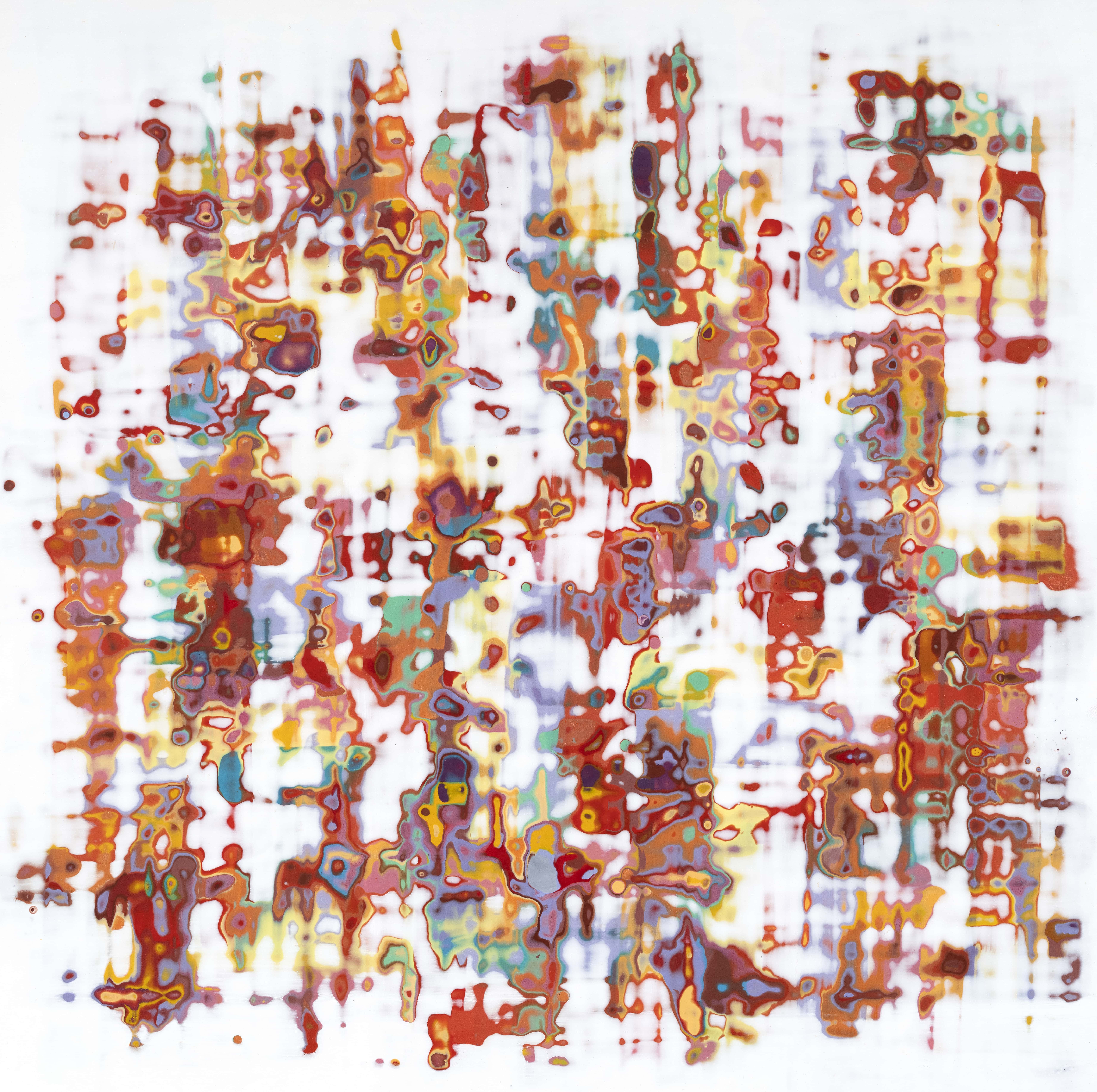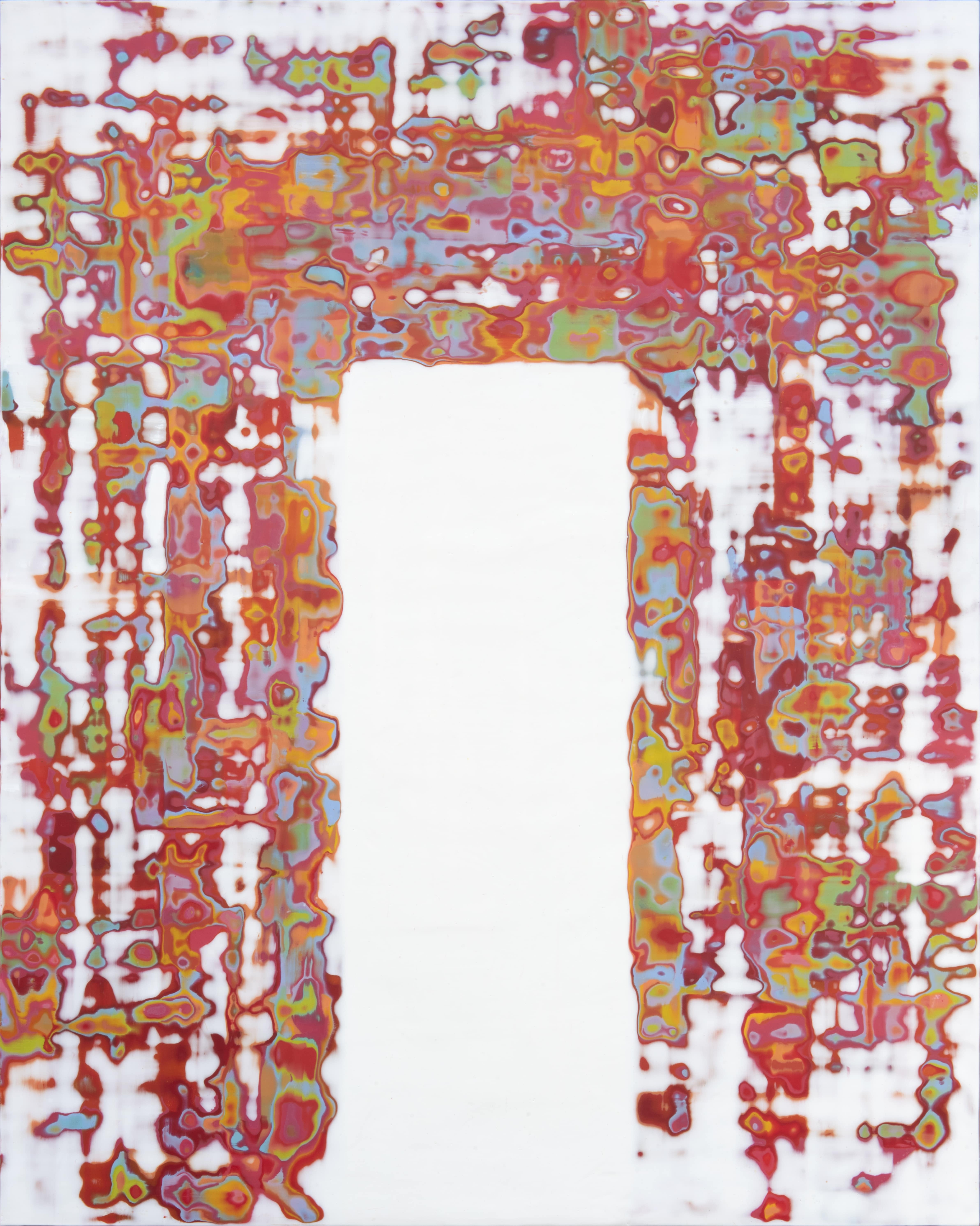Jung Jinsuh, born in 1979, lives and works in South Korea, where his artistic path is defined by a sustained exploration of the emotional core of human experience. A graduate of Seoul National University’s College of Fine Arts and its Graduate School of Sculpture, he first devoted himself to three-dimensional work before discovering wax painting, a medium that would profoundly shape his practice. His works have reached international audiences, including the auction market, where in 2023 his piece “Fountain_18” achieved a record price at Korea Premier Auction. Yet beyond market recognition, the true measure of his work lies in the intimate and unmediated encounter it establishes with the viewer.
Jung conceives of the inner world as a complex constellation of emotions accumulated through the layering of experience. He maintains that a human being reduced to rational expression alone, stripped of emotional depth, becomes little more than a machine masked in human form. For him, true emotion is not a violent outburst that appears and vanishes like a geyser, but a continuous, inexhaustible spring that rises quietly and naturally from within. His work seeks to capture this subtle flow, avoiding forced unease and instead evoking a form of strangeness that refreshes rather than unsettles.
This notion of “comfortable unfamiliarity” serves as a foundation for his reflections. Where unfamiliarity is often linked with anxiety, Jung regards it as a condition of renewal. Gentle strangeness allows the viewer to rediscover a sense of immediacy and newness in what might otherwise appear familiar. For him, this encounter is not about knowledge, which is temporary and constructed, but about truth, which endures. Essence is truth, truth is soul, and soul is life. His aim is therefore not to produce images but to create works that exist as living presences, speaking directly to the viewer without annotation or interpretation.
The choice of beeswax is central to this pursuit. Produced within the body of bees and refined in the hive, beeswax carries with it the imprint of life itself. Its purity, both fragile and enduring, drew Jung to the medium, which he enriches with rosin and pigment. His process involves carefully layering this mixture onto canvas, then scraping and removing parts of it. Each gesture becomes an act of inscription and erasure, balancing presence and absence. In this slow, deliberate practice, time and material are shaped together, creating works that are at once surface and depth.
His transition from sculpture to painting was not merely a shift in form but a return to origins. Wax painting, or encaustic, emerged in fourth-century BCE Greece, spread through Egypt and Rome, and then fell into decline before being revived in modern Western art. By re-engaging with this ancient technique, Jung situates himself in a lineage that connects past and present, renewing it through a contemporary vocabulary. His beeswax paintings, with their translucent layers and subdued luminosity, stand as meditations on permanence, fragility, and transformation.
Through these works, Jung Jinsuh affirms his conviction that art must reveal essence rather than produce image. His paintings invite the viewer to remain before them, to enter the silence of the wax and perceive within it a condensed form of life. They are not static objects but living surfaces that communicate directly, allowing the truth of the artist’s vision to meet the inner truth of those who engage with them.
-min.jpg)



